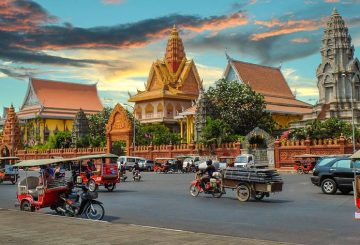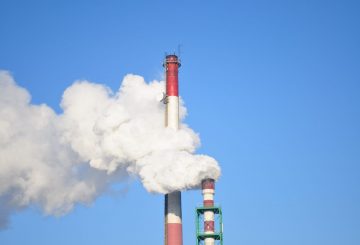The Government has released its first draft strategy on charging electric vehicles, including the headline goal to build charging “hubs” every 150 to 200kms on major highways.
The new strategy, which is open for public consultation until May 11, is aiming to work with local government and the transport sector to build charging infrastructure around the country.
Another goal of the strategy also to provide public charging stations in metro areas and community centres for towns with a population of more than 2000. All with the aim of boosting EV usage.
“The strategy sets targets to provide journey charging hubs every 150 – 200 kilometres on main highways, a public charger for every 20-40 EVs in urban areas, and public charging at community facilities for all settlements with 2000 or more people,” Transport Minister Michael Wood said when releasing the strategy.
“Meeting the targets would see tens of thousands more EV chargers across the country,” he said.
The consultation document, and whatever form the final strategy takes is a next step in increasing New Zealanders’ take up of EVs, which is also encouraged by the clean car rebate which has been in place since 2021.
“The success of our clean car policies mean there are more than 69,000 EVs on our roads, over 80 percent more than at the end of 2021.
Although the purpose of the policy is to cut emissions, and road transport makes up 15% of New Zealand’s emissions profile, Wood has also pitched it as part of a more general money saver for consumers facing a cost-of-living crunch.
“Emissions from our light vehicle fleet are the single largest source of transport emissions in New Zealand, partially due to having some of the most fuel inefficient and emissions intensive vehicles in the OECD.
Credit: stuff.co.nz























































-helped-regain-her-strength-and-balance-using-Nymbl-after-a-fall.-660x440.jpg)


